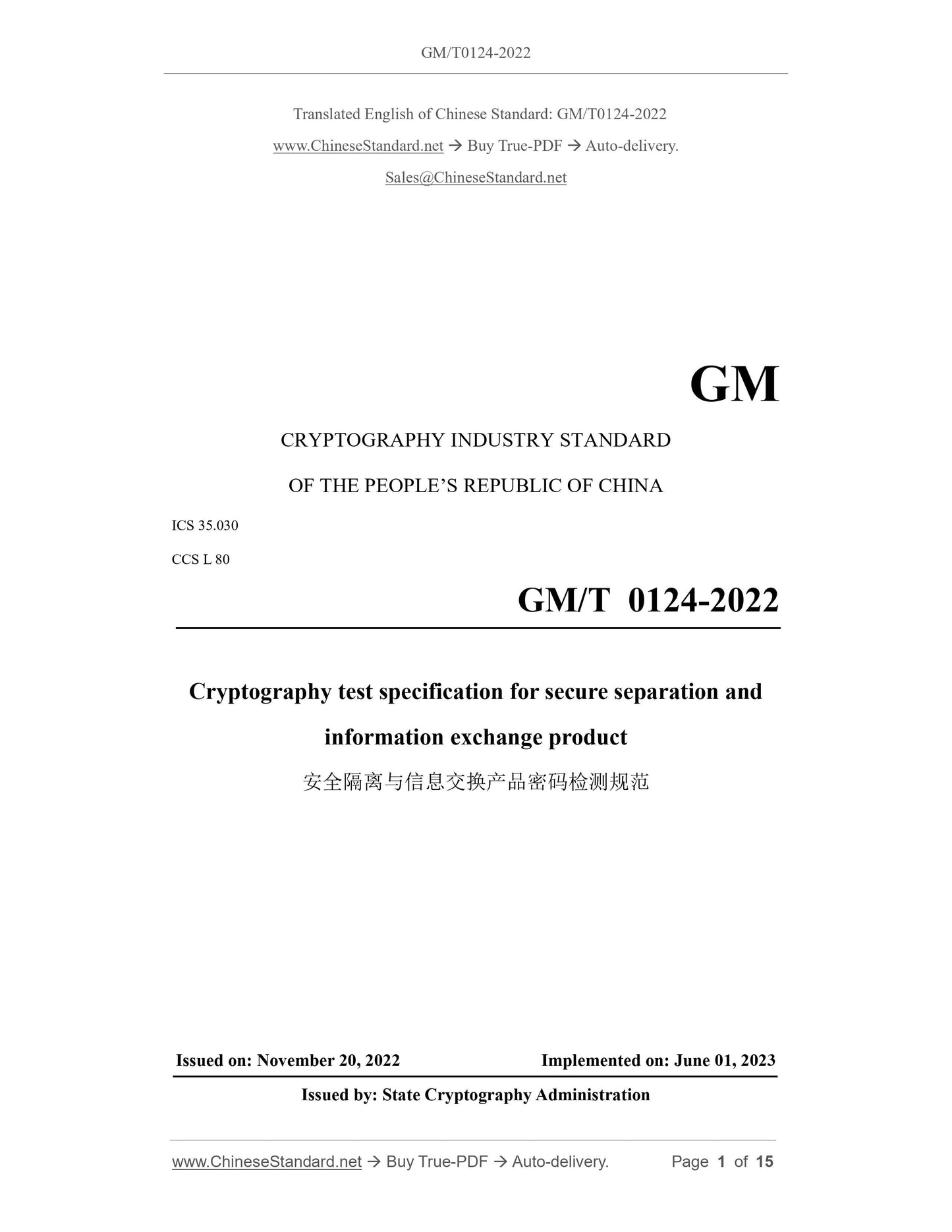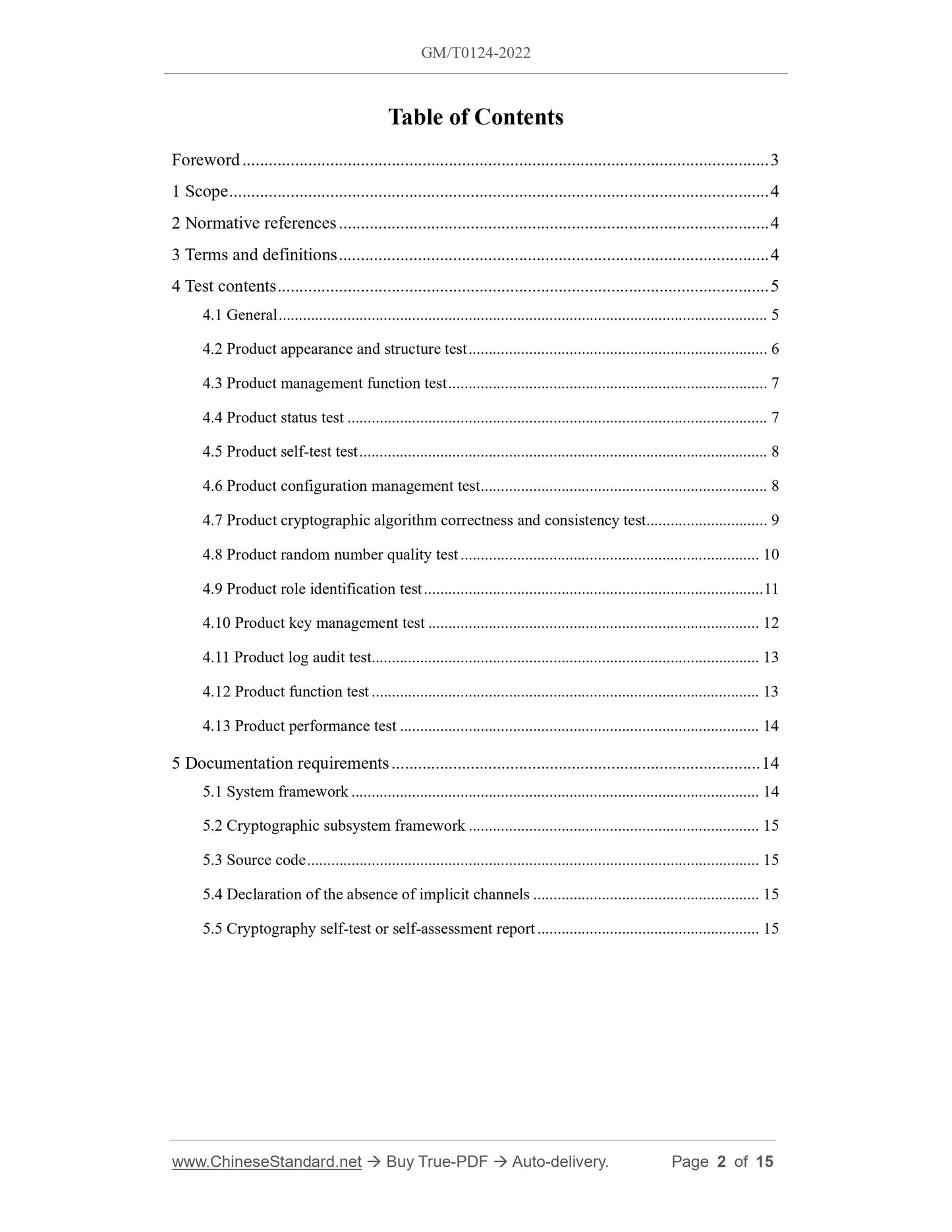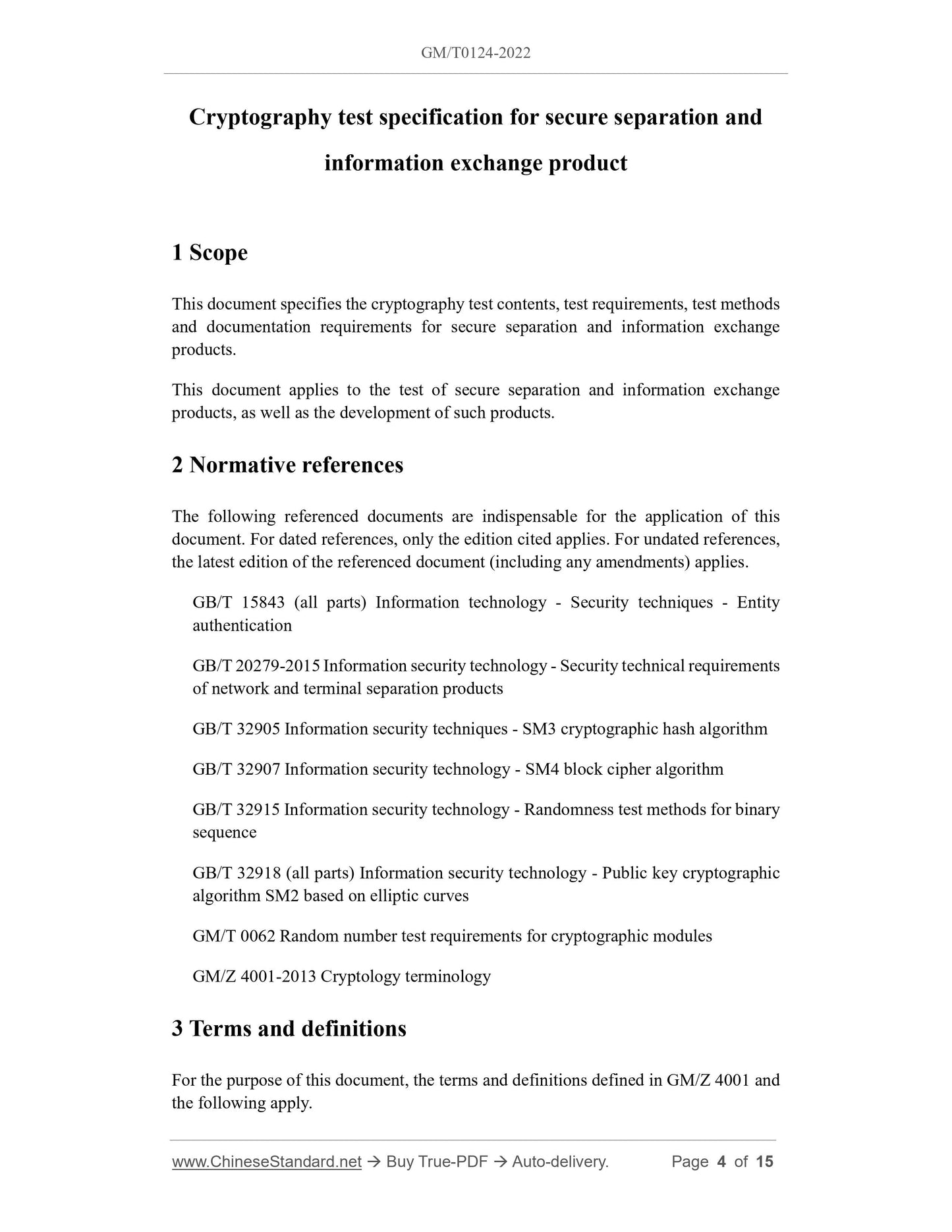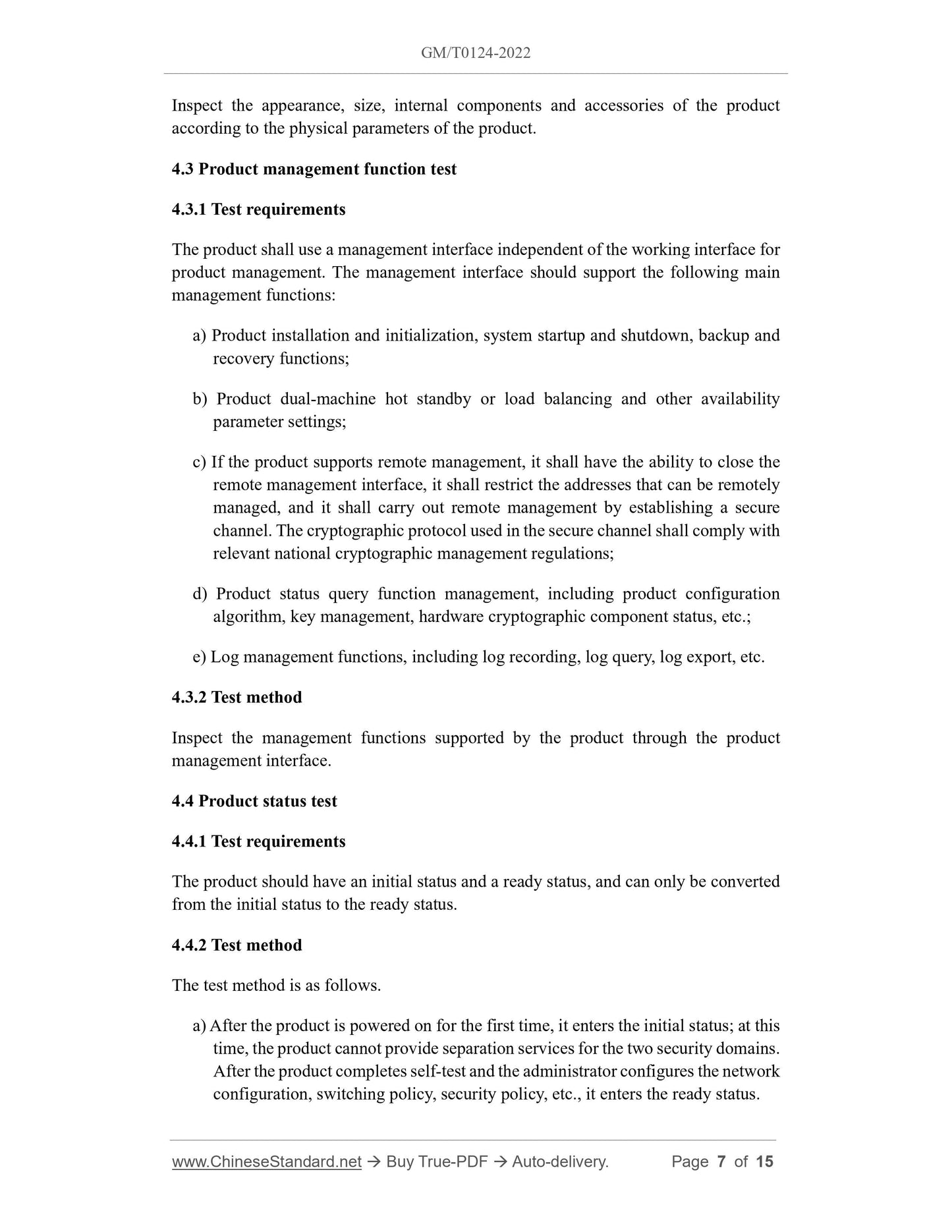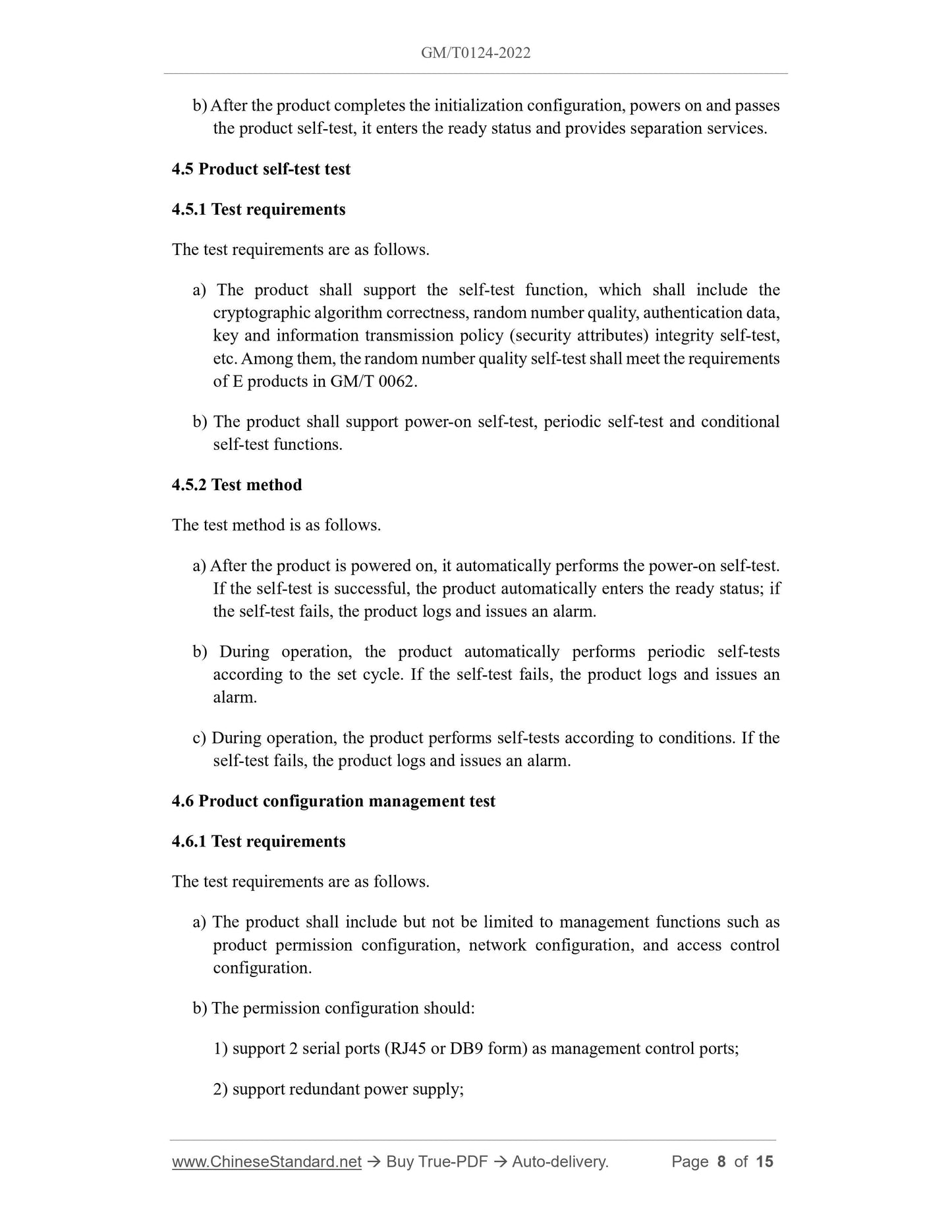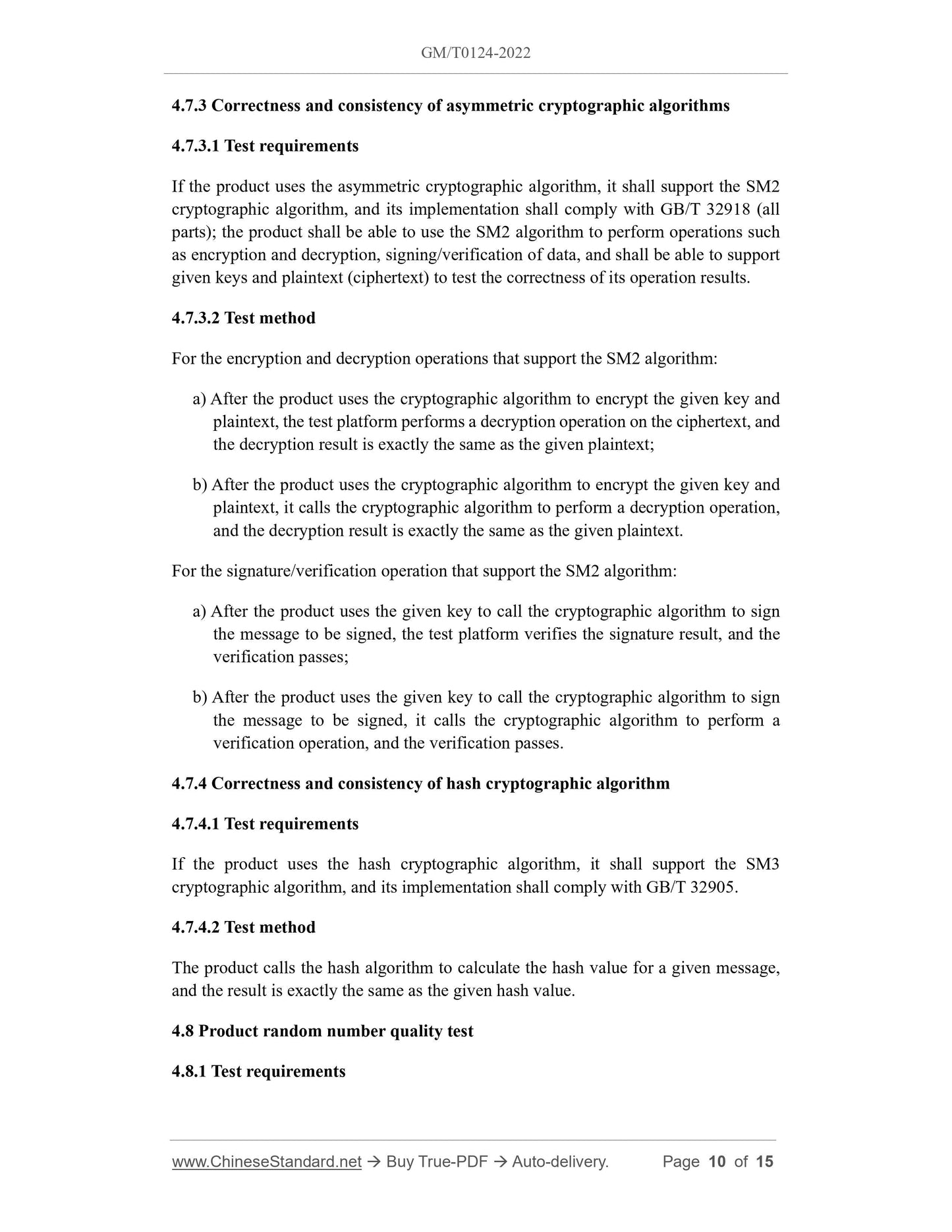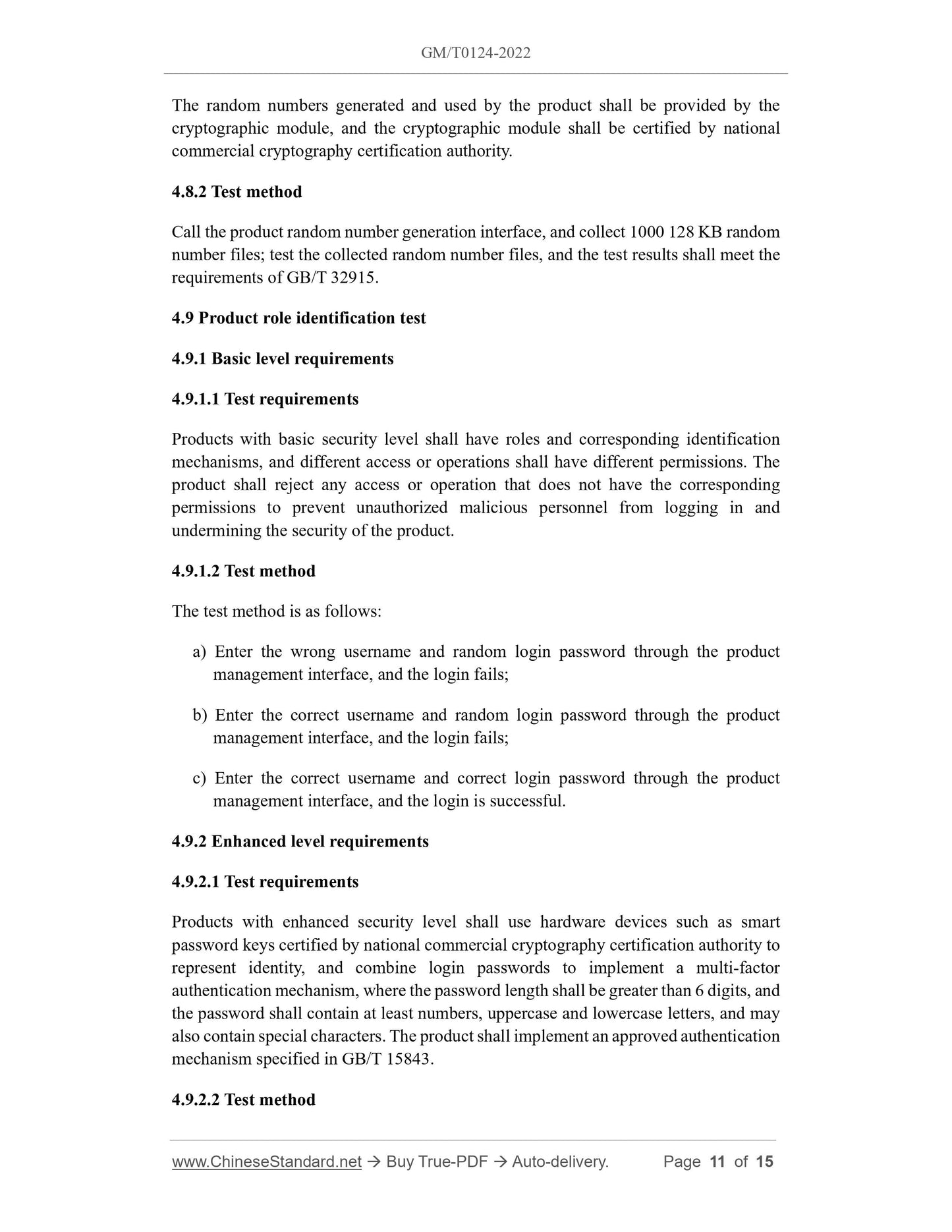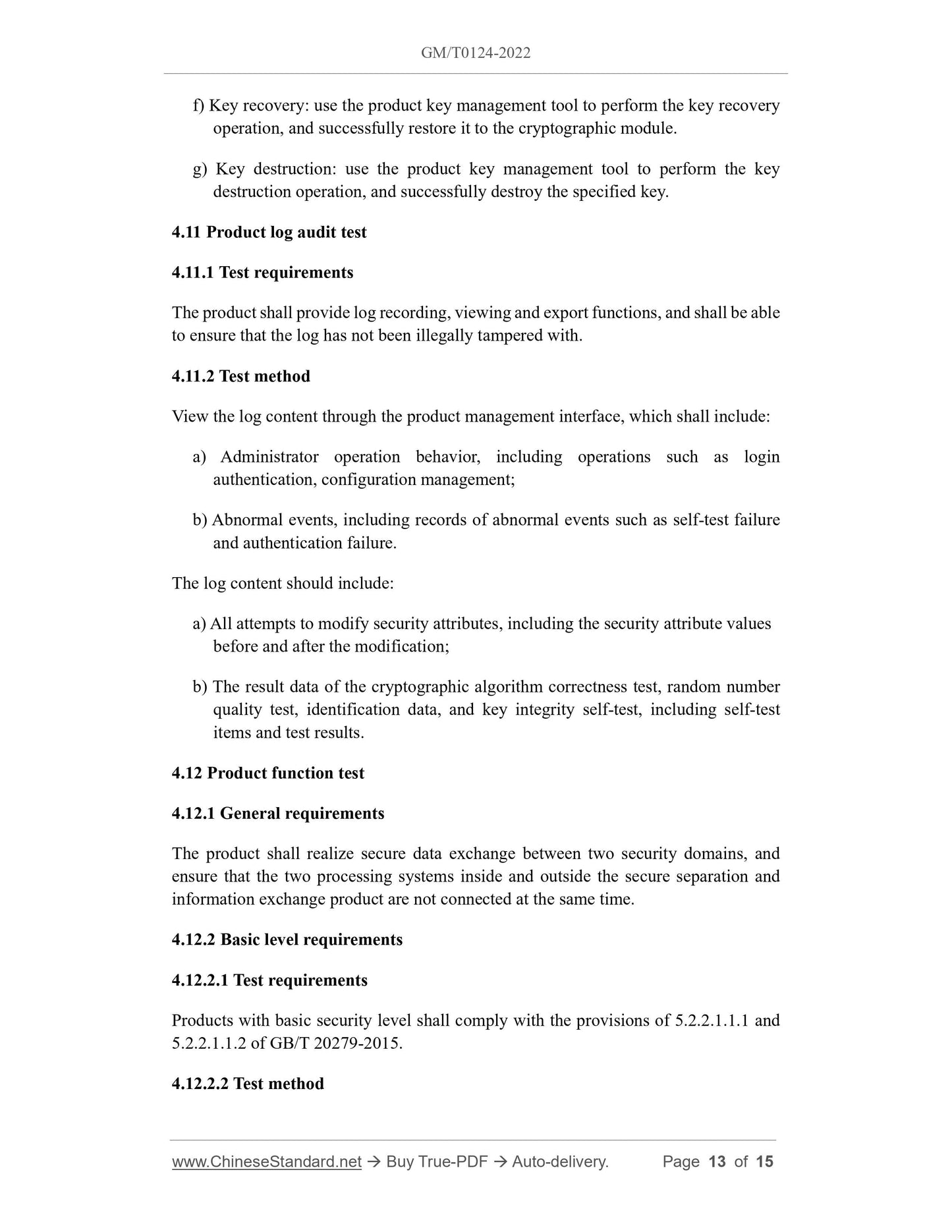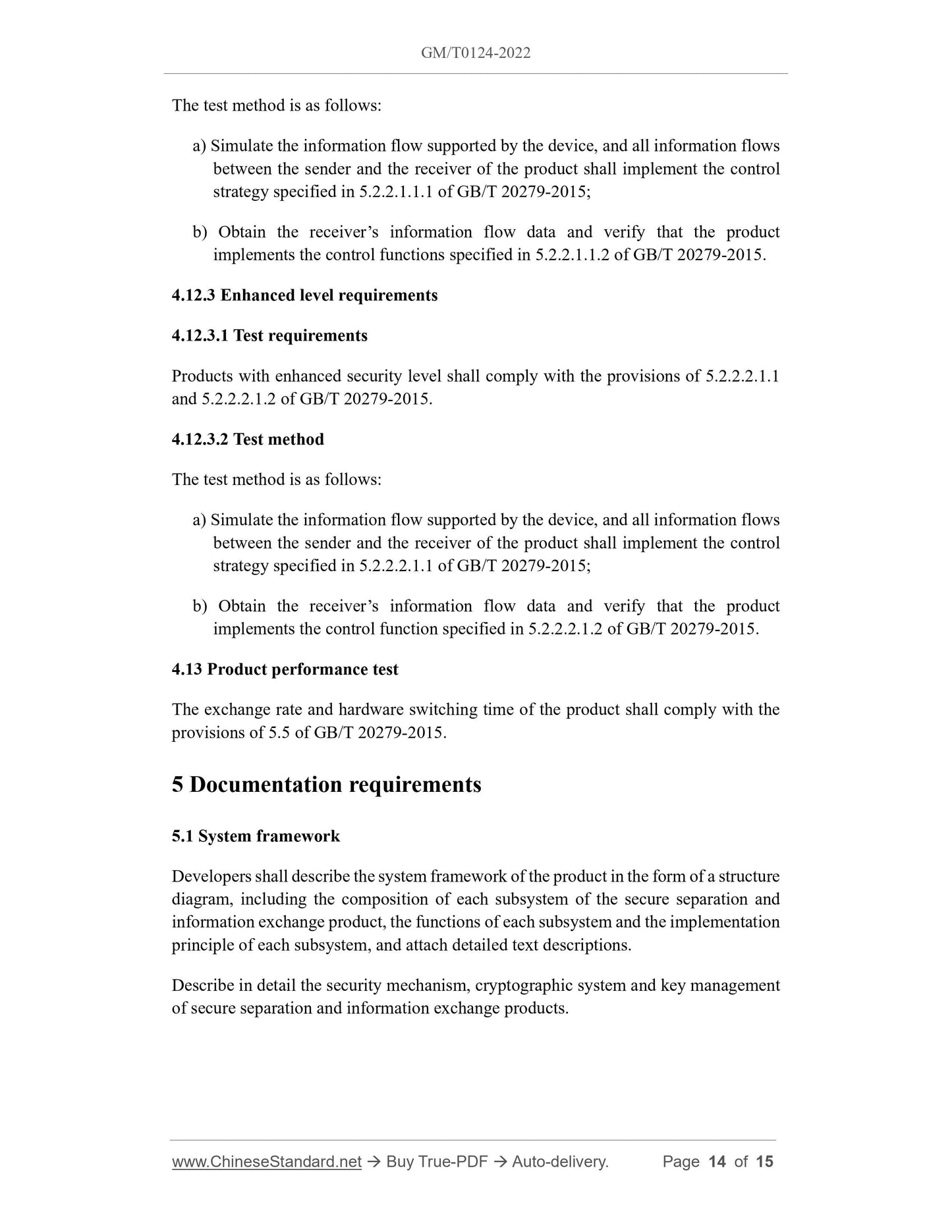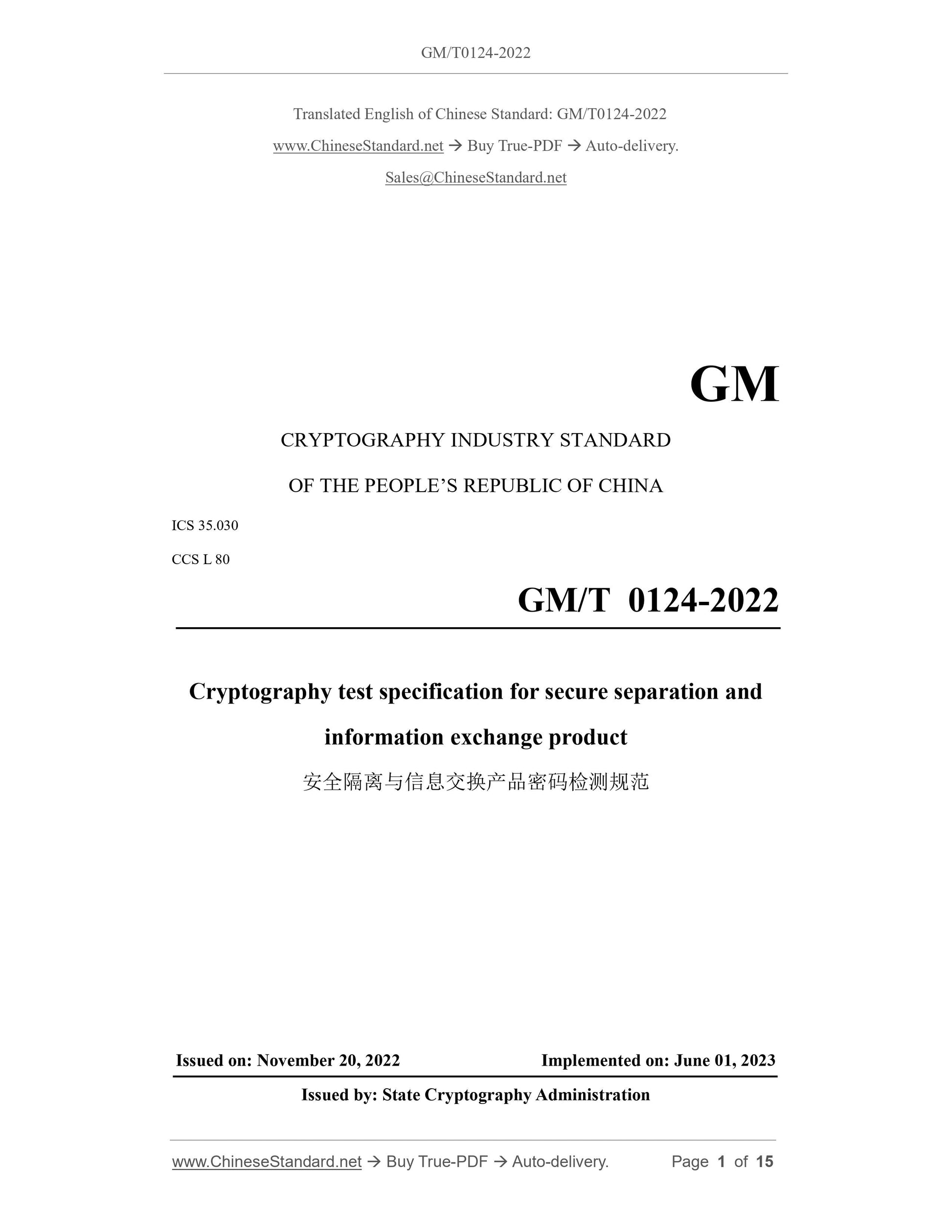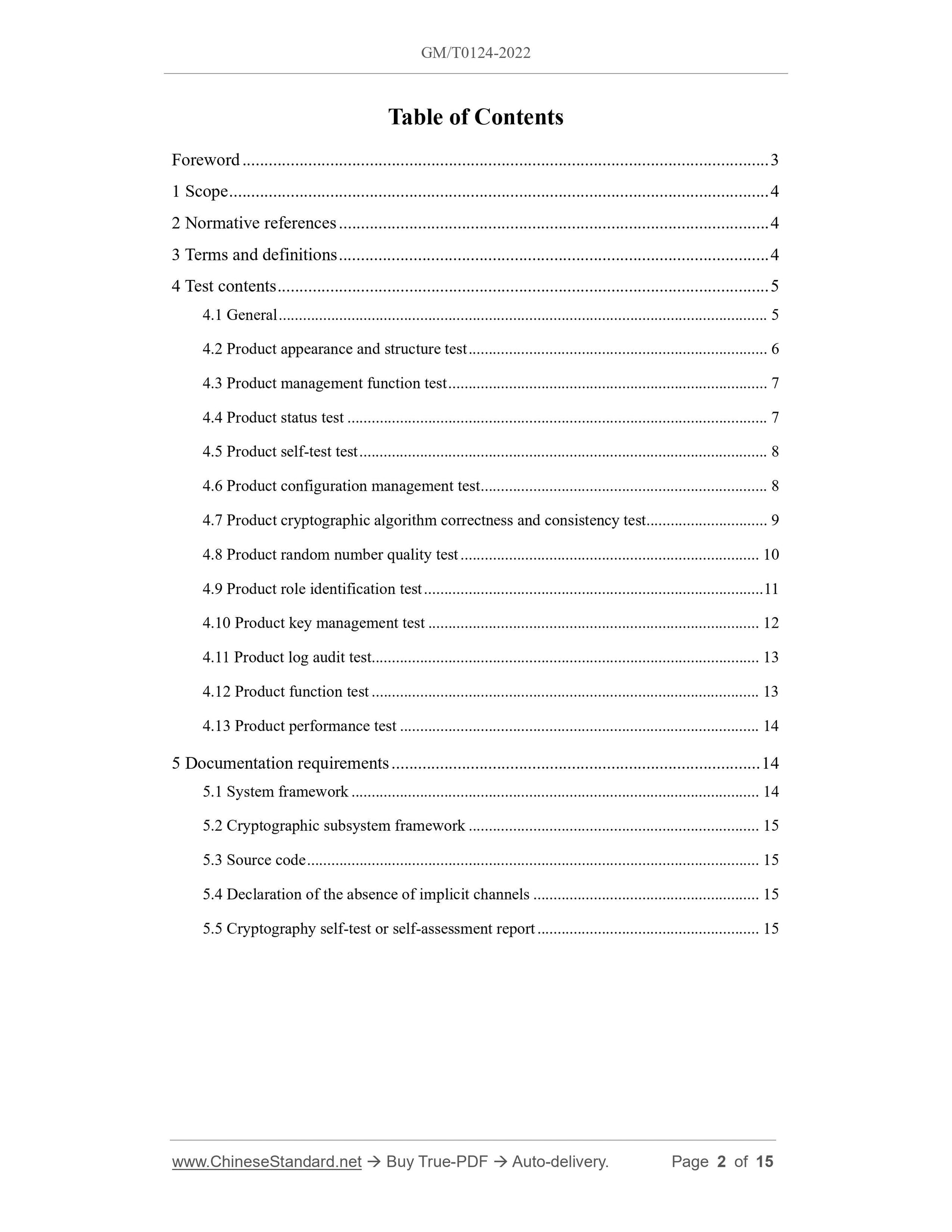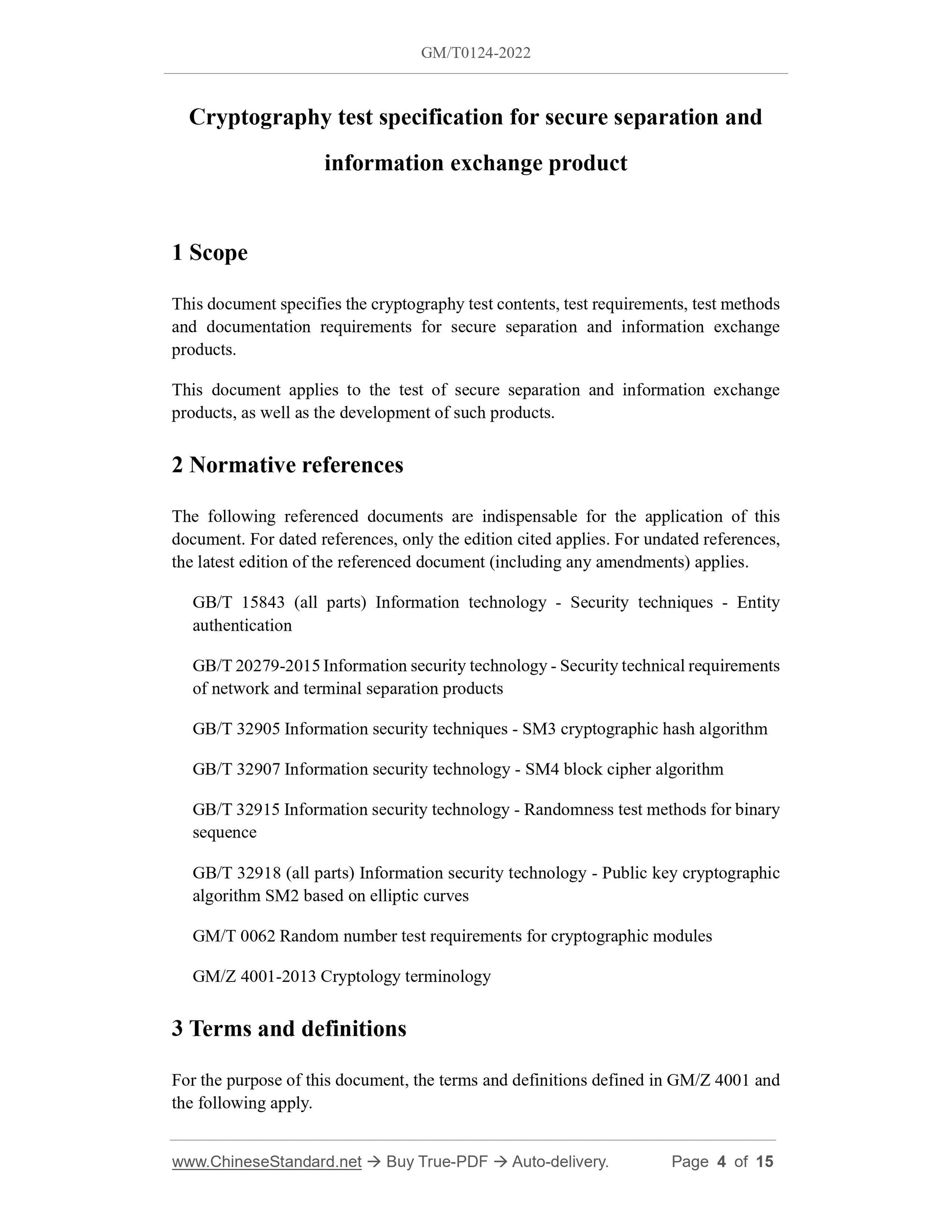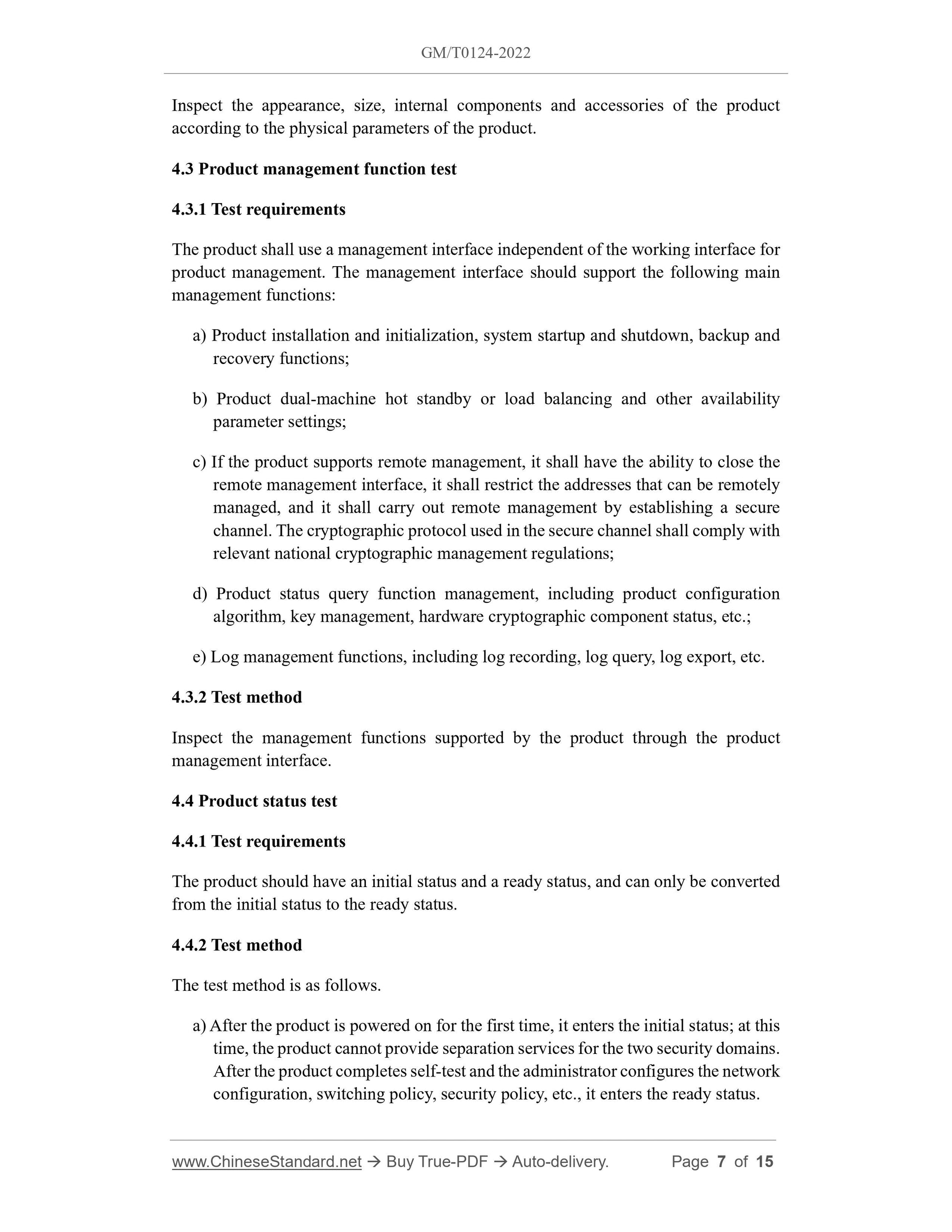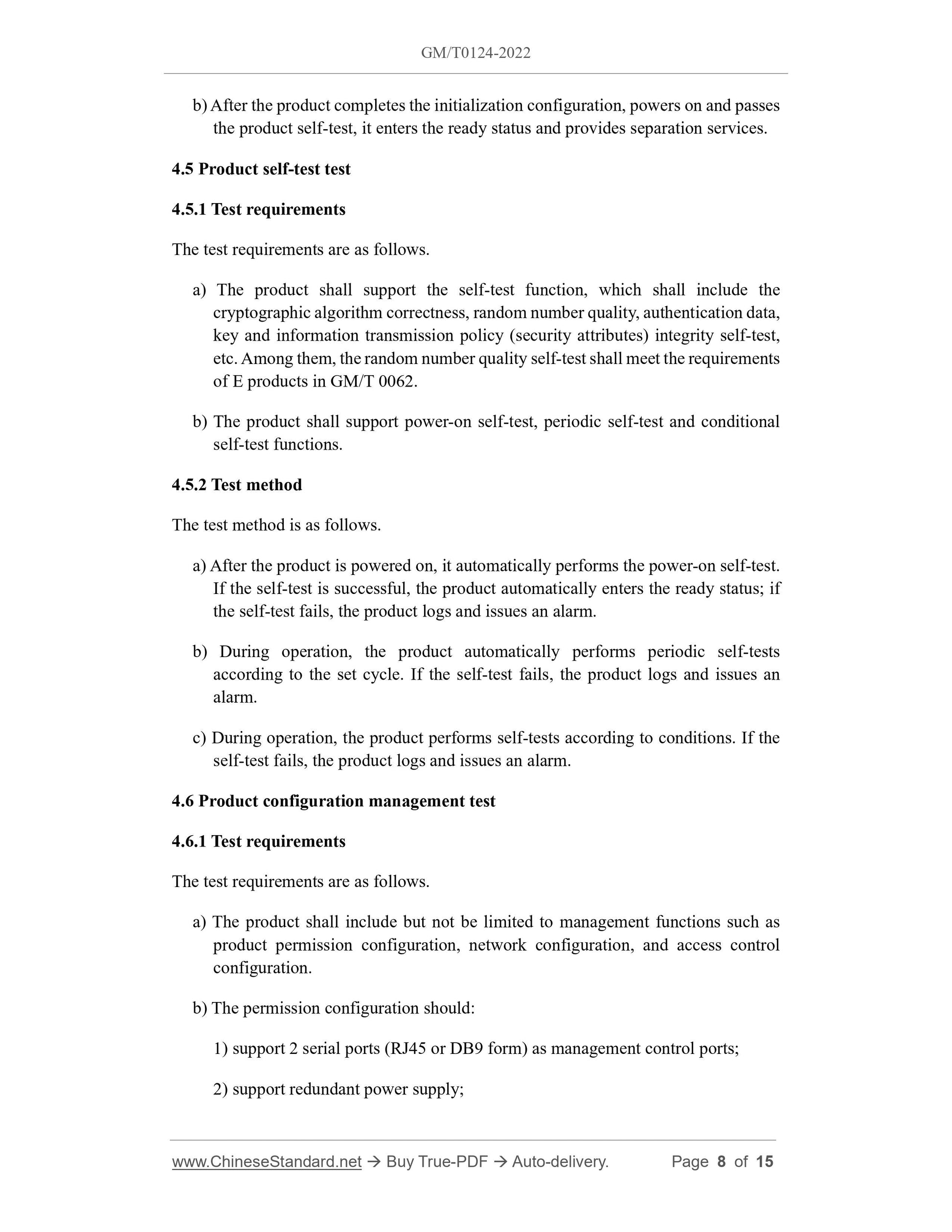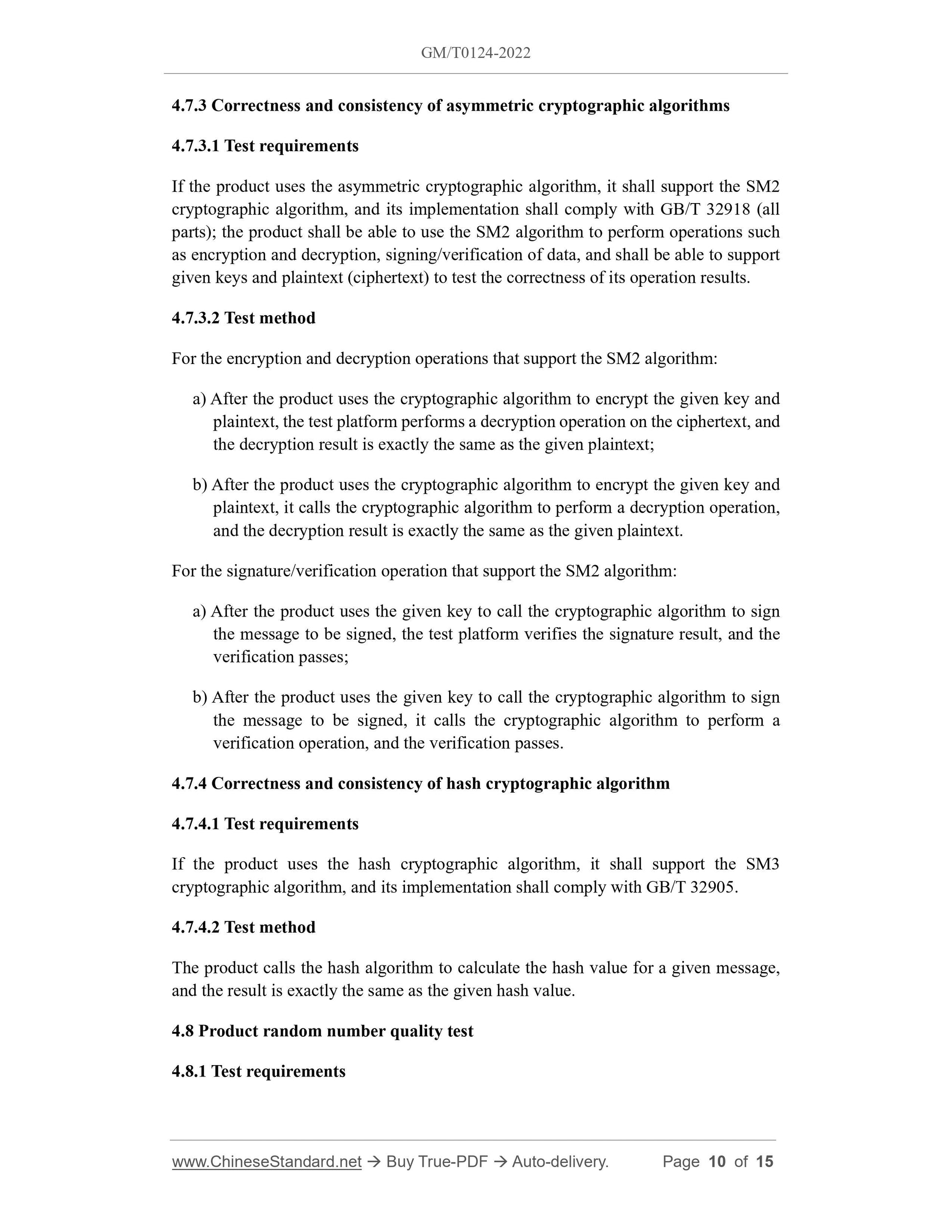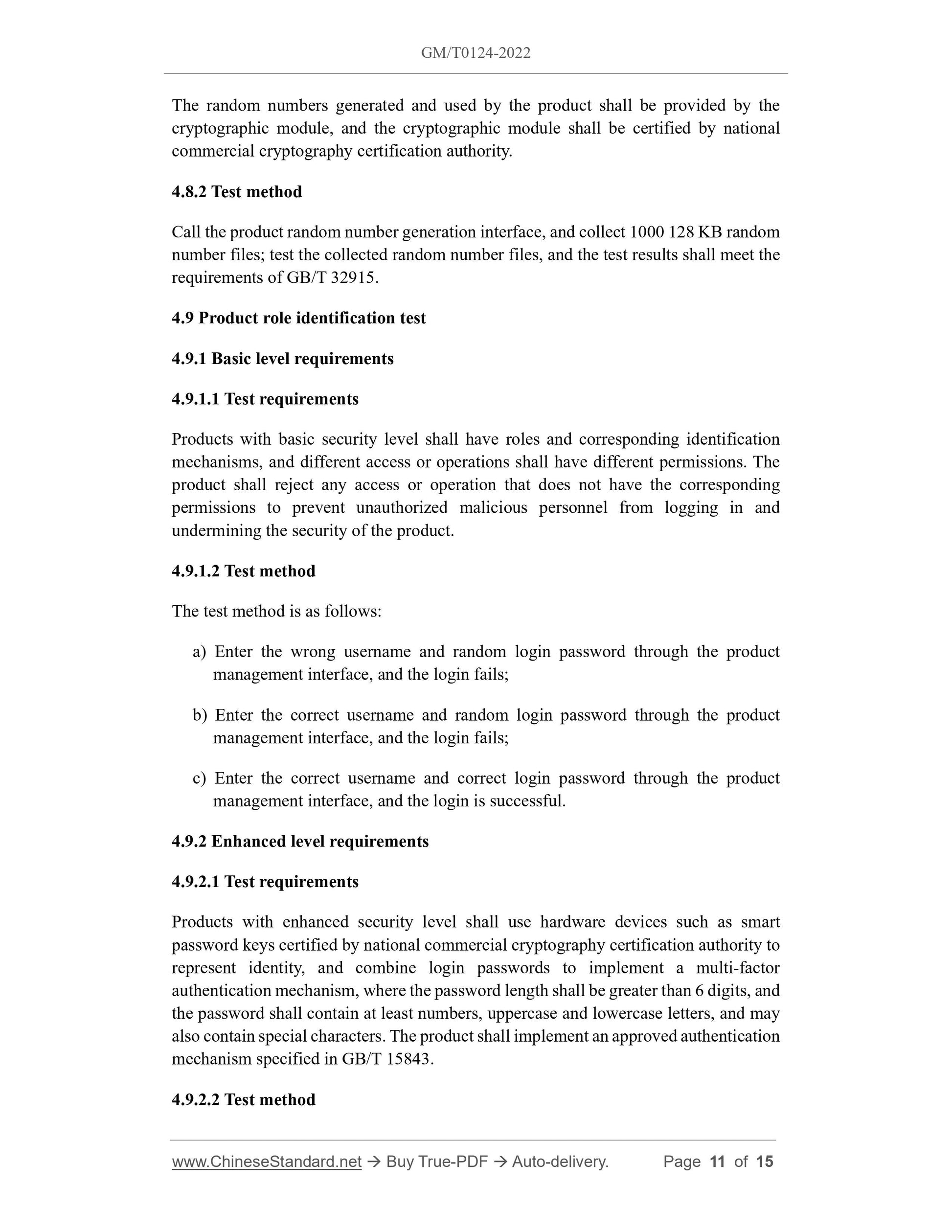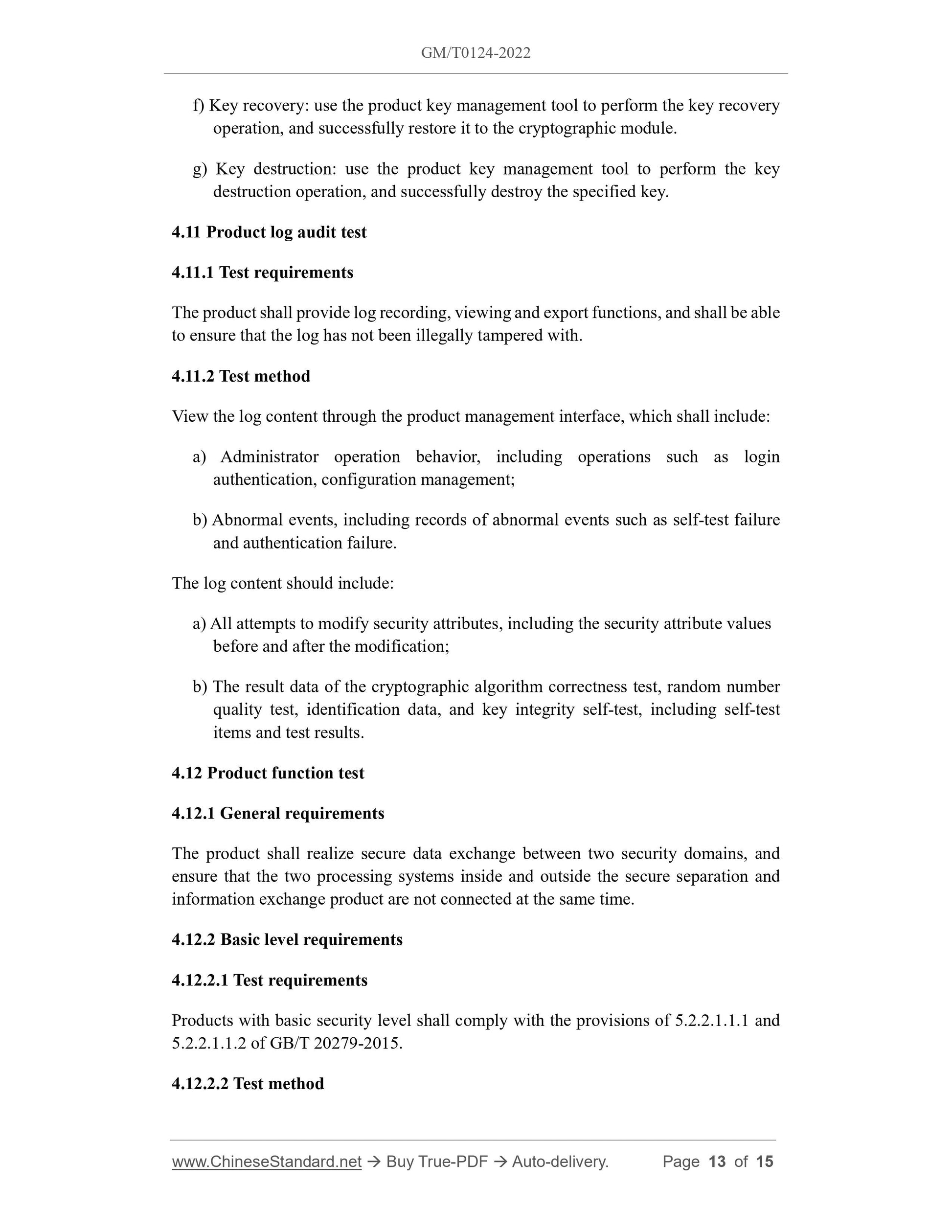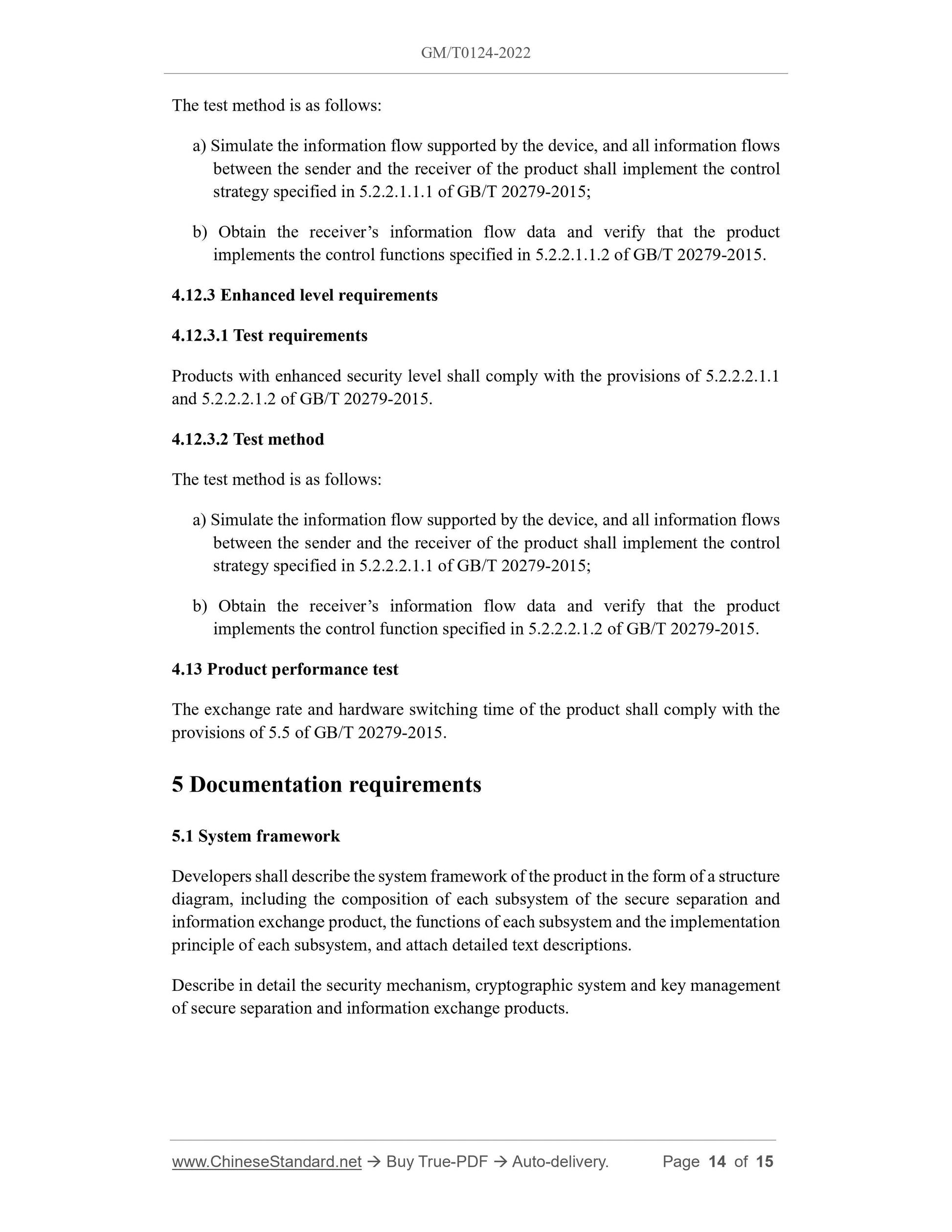1
/
of
9
www.ChineseStandard.us -- Field Test Asia Pte. Ltd.
GM/T 0124-2022 English PDF (GM/T0124-2022)
GM/T 0124-2022 English PDF (GM/T0124-2022)
Regular price
$260.00
Regular price
Sale price
$260.00
Unit price
/
per
Shipping calculated at checkout.
Couldn't load pickup availability
GM/T 0124-2022: Cryptography test specification for secure separation and information exchange product
Delivery: 9 seconds. Download (and Email) true-PDF + Invoice.Get Quotation: Click GM/T 0124-2022 (Self-service in 1-minute)
Newer / historical versions: GM/T 0124-2022
Preview True-PDF
Scope
This document specifies the cryptography test contents, test requirements, test methodsand documentation requirements for secure separation and information exchange
products.
This document applies to the test of secure separation and information exchange
products, as well as the development of such products.
Basic Data
| Standard ID | GM/T 0124-2022 (GM/T0124-2022) |
| Description (Translated English) | Cryptography test specification for secure separation and information exchange product |
| Sector / Industry | Chinese Industry Standard (Recommended) |
| Classification of Chinese Standard | L80 |
| Word Count Estimation | 12,172 |
| Date of Issue | 2022-11-20 |
| Date of Implementation | 2023-06-01 |
| Issuing agency(ies) | State Administration of Cryptography |
Share
